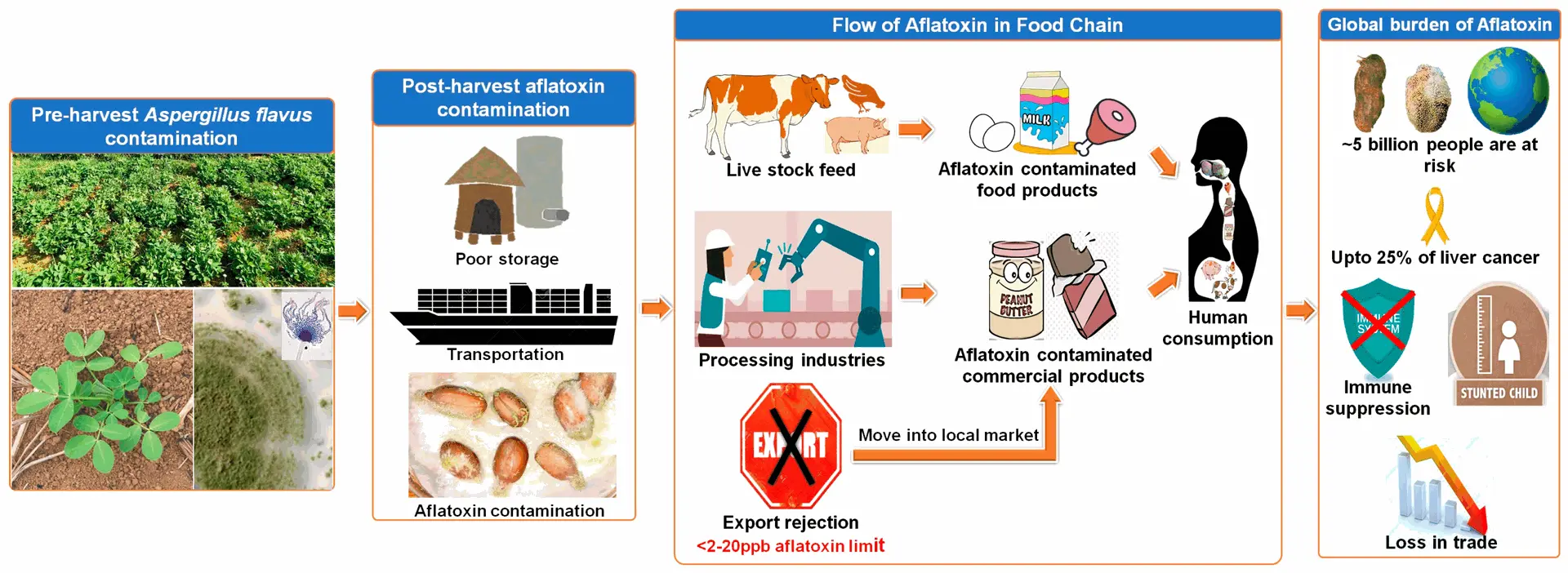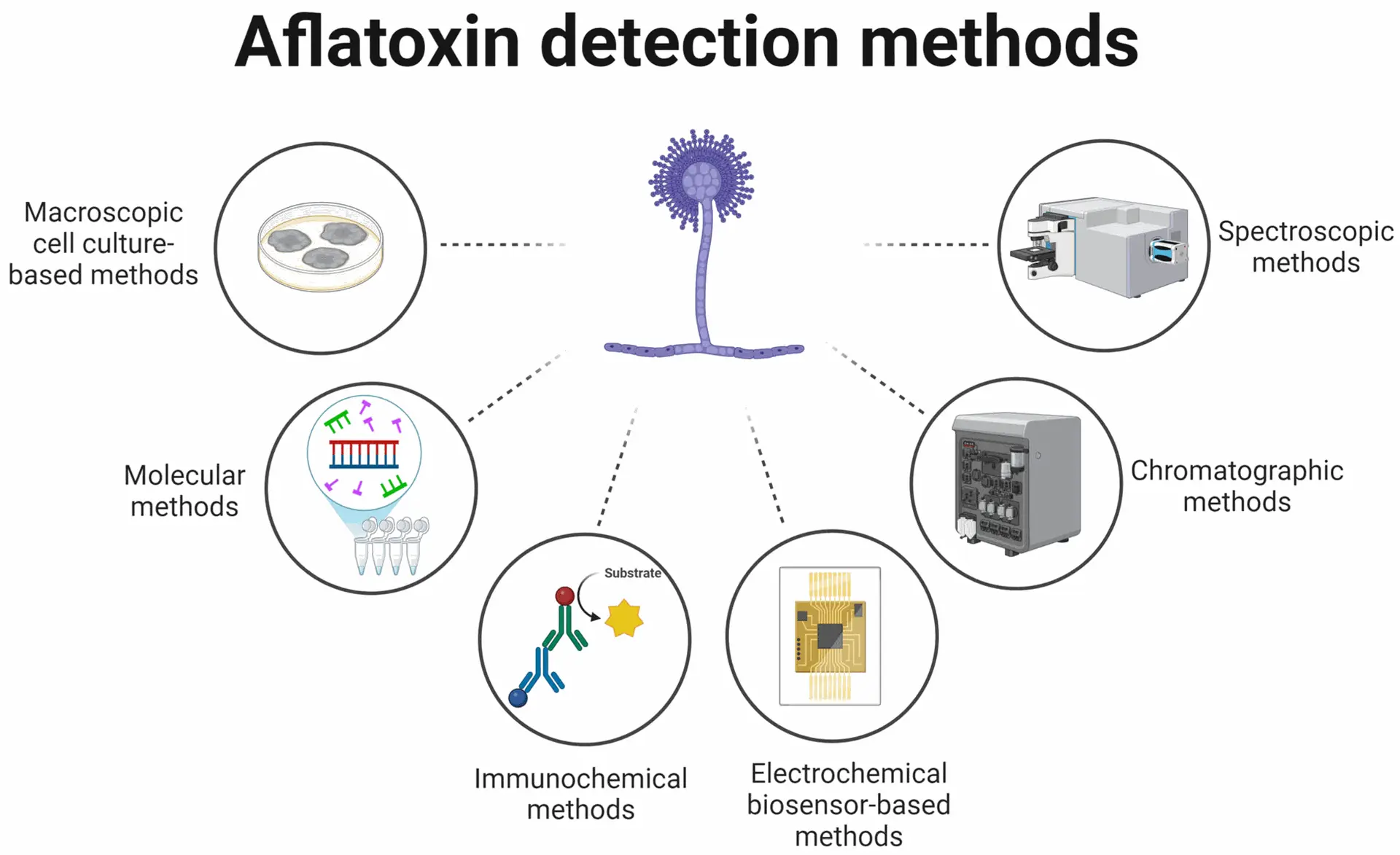Aflatoxins are toxic secondary metabolites produced primarily by Aspergillus flavus and Aspergillus parasiticus. These compounds pose serious health risks to humans and livestock, and they significantly affect trade, food safety, and farmer livelihoods. Groundnuts (peanuts), being a staple crop in many regions, are particularly vulnerable to aflatoxin contamination, especially in warm and humid conditions.
In Andhra Pradesh, India, a series of comprehensive studies under the STAAD Project (Socio-Technical Analysis and Action for Development) investigated the socio-economic, technical, and perceptual dimensions of aflatoxin contamination in groundnut-based livelihood systems.
This report focuses on the behavioral and socio-economic factors influencing how farmers cultivate, handle, and store groundnuts. It identifies:
- Lack of awareness about aflatoxin and its health risks.
- Traditional post-harvest practices such as drying groundnuts on bare soil, which increases fungal exposure.
- Storage conditions that are often suboptimal, favoring mold growth.
- Market pressure: Farmers prioritize visual quality over food safety, as aflatoxin is not visible and rarely tested at the local level.
The study underscores the need for contextual awareness programs, training, and community-based interventions that align with farmers’ existing resources and limitations.
This report investigates the value chain, from post-harvest handling to market sale, and its role in perpetuating aflatoxin contamination:
- Decentralized and informal markets rarely test for aflatoxins.
- Middlemen and processors focus more on oil content and kernel size than on safety standards.
- There is no premium for aflatoxin-free groundnuts, discouraging safe handling.
- Lack of proper drying, shelling, and storage infrastructure leads to quality deterioration.
These findings reveal that market incentives must be restructured to reward aflatoxin-safe practices and promote transparency in the value chain.
This pre-introductory assessment evaluates how farmers perceive new technologies designed to reduce aflatoxin contamination, such as:
- Solar drying platforms
- Improved storage bags (e.g., hermetic bags)
- Biocontrol agents (e.g., Aflasafe)
- Rapid testing kits
Farmers showed interest in innovations only if they were cost-effective, easy to use, and aligned with their existing knowledge and labor capacity. The report emphasizes the importance of participatory approaches to introduce technologies, where farmers can test, adapt, and trust innovations.

